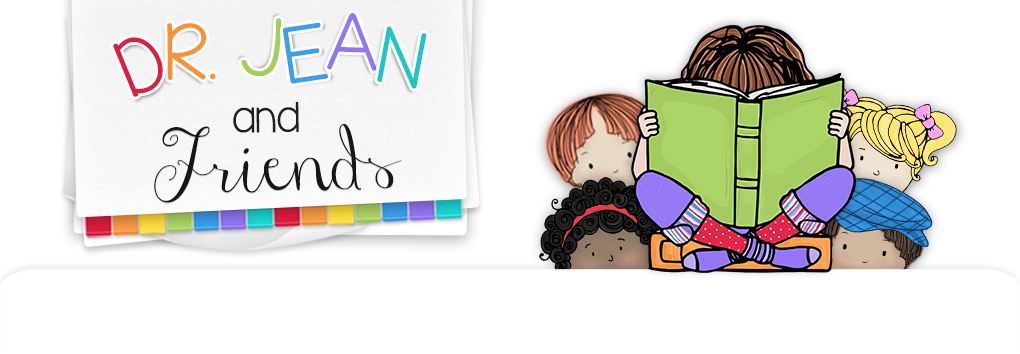Buddy Sticks
If you let children choose who they want to work with you might end up with two that shouldn't be together or someone that is left out. Buddy sticks are a great solution!

Put like stickers on the bottoms of two craft sticks. (You will need as many sticks as there are children in your classroom.) Place sticks in a plastic cup with stickers facing down. Children choose a stick and then find the person whose stick matches theirs. That is their partner.
*If there is an odd number, let the last child choose the group she wants to work with.
Weekly Study Buddy
To make buddy management a little simpler, have children use buddy sticks on Monday to find their "study buddy" for the week. Whenever you want them to work with a partner, just say "study buddy" and you'll be all set!
Elbow Buddies
Children extend elbows and the first person their elbow touches is their partner.
What can children do with a study buddy?
Read together.
Look at books or magazines together.
Retell a story. They can also discuss who, what, where, when, why, the problem, resolution, what might happen next, etc.
Whisper a prediction in each other’s ear.
Review information after a science lesson, social studies, etc.
Clean up a center or each other’s desks.
Read around the room. Give them pointers and empty glasses frames for more fun.
Write the room. Give them clipboards and ask them to write words that would reinforce a skill you are working on. For example, they could write compound words, words with the “th” diagraph, two syllable words, etc.
Sing a song or say nursery rhymes together.

What can children do with a study buddy?
Read together.
Look at books or magazines together.
Retell a story. They can also discuss who, what, where, when, why, the problem, resolution, what might happen next, etc.
Whisper a prediction in each other’s ear.
Review information after a science lesson, social studies, etc.
Clean up a center or each other’s desks.
Read around the room. Give them pointers and empty glasses frames for more fun.
Write the room. Give them clipboards and ask them to write words that would reinforce a skill you are working on. For example, they could write compound words, words with the “th” diagraph, two syllable words, etc.
Sing a song or say nursery rhymes together.

Help with dressing, such a zipping coats and tying shoes.
Draw a picture together. They could draw their favorite part of a story, illustrate a poem, draw a picture of their teacher, and so forth.
Build together with blocks, Legos, etc.
Play with play dough or clay together. They can make objects that begin with a certain sound, shapes, sets, etc.
Play a computer game.
Review flashcards.
Draw a picture together. They could draw their favorite part of a story, illustrate a poem, draw a picture of their teacher, and so forth.
Build together with blocks, Legos, etc.
Play with play dough or clay together. They can make objects that begin with a certain sound, shapes, sets, etc.
Play a computer game.
Review flashcards.
Partner Pop Up Q & A
Students stand and face their study buddy. The teacher poses a question. The students talk it over, agree on an answer, and then stoop down. When the teacher sees all students down she says, “Pop!” The students pop up and say their answer out loud.
Students stand and face their study buddy. The teacher poses a question. The students talk it over, agree on an answer, and then stoop down. When the teacher sees all students down she says, “Pop!” The students pop up and say their answer out loud.

